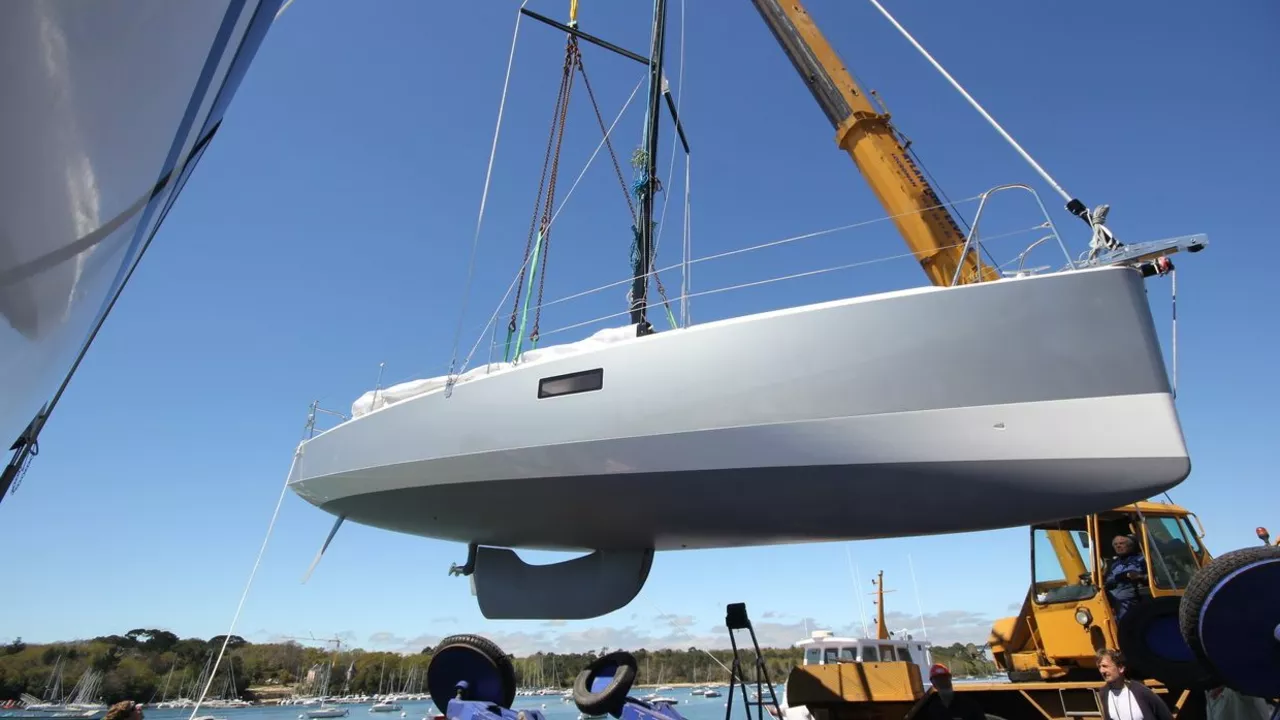Maritime Safety: Essential Tips Every Sailor Should Know
Got a boat? Want to enjoy the sea without worries? Good. Safety on the water starts with a few simple habits that keep you and your crew out of trouble. Below are the basics you can put into practice today.
Check the Weather and Plan Ahead
Before you even step on the dock, look at the forecast. Wind speed, direction, and any chance of storms are the first things to know. Use a reliable app or radio, then compare it with the local weather service. If the wind is expected to jump more than 15 knots, consider postponing or shortening your trip.
Remember that weather can change fast on open water. Keep a waterproof notebook with the latest updates and a plan for the nearest safe harbor. Knowing where you can pull in quickly makes the difference when a squall rolls in.
Gear Up with the Right Safety Equipment
Every person on board needs a personal flotation device (PFD) that fits well. It should be easy to grab and stay on even if you’re moving around. Double‑check that each PFD is free of tears and fastened properly.
A VHF radio is a must. Learn how to call for help on channel 16, and keep the radio away from water splashes. Carry a handheld whistle and a flare kit – they work even if your radio fails.
Fire extinguishers, a first‑aid kit, and a simple tool kit belong in a waterproof box. Make sure the fire extinguisher is the right class for a boat (usually Class B). Test the first‑aid kit every few months and replace any used or expired items.
Don’t forget a sturdy rope, a spare anchor, and a bailer or pump to remove water. These items are cheap, light, and can save a lot of hassle later.
Before you set sail, run a quick checklist: PFDs, VHF, flares, fire extinguisher, first‑aid kit, bailer, and spare rope. If anything is missing, grab it now – it’s easier than turning back later.
Navigation tools are also part of safety. A paper chart or an offline electronic chart keeps you from drifting off course if GPS drops. Know your route, mark any hazards, and tell someone on shore your plan.
Man overboard drills should be practiced at least once a month. The steps are simple: shout “Man overboard!”, throw a life ring, turn the boat downwind, and pull the person in with a retrieved line. Everyone on board should know the drill.
Communication goes beyond the VHF. A cell phone in a waterproof case can be a backup, but don’t rely on it when you’re far from shore. Keep the battery charged and a spare power bank close by.
If a situation escalates – a fire, a capsized boat, or a medical emergency – stay calm and follow the emergency plan. Call for help, use your flares, and give your location in latitude and longitude.
Training matters. A short safety course from a local sailing club teaches you the basics of knot tying, right‑of‑way rules, and emergency response. Even a weekend workshop can boost confidence and cut risk.
Finally, keep a log of each outing. Note the weather, the sea state, any near‑misses, and what equipment you used. Over time you’ll spot patterns and improve your safety habits.
Maritime safety isn’t about fancy gadgets or complex rules. It’s about checking the weather, wearing the right gear, knowing your boat, and practicing simple drills. Follow these steps and you’ll spend more time enjoying the wind and less time worrying about trouble.
What are seaworthy sailing boats?
Seaworthy sailing boats, as the name suggests, are boats that are built to withstand the demands of the sea. These boats can handle rough waters and harsh weather conditions, making them ideal for extended sea journeys. They're designed with safety and stability in mind, often featuring special hull designs and construction materials to endure the elements. Seaworthy sailing boats also come equipped with necessary navigation and communication tools. Regardless of whether you're a casual sailor or a seasoned sea explorer, a seaworthy sailing boat can provide the assurance you need when venturing into the open waters.
View more